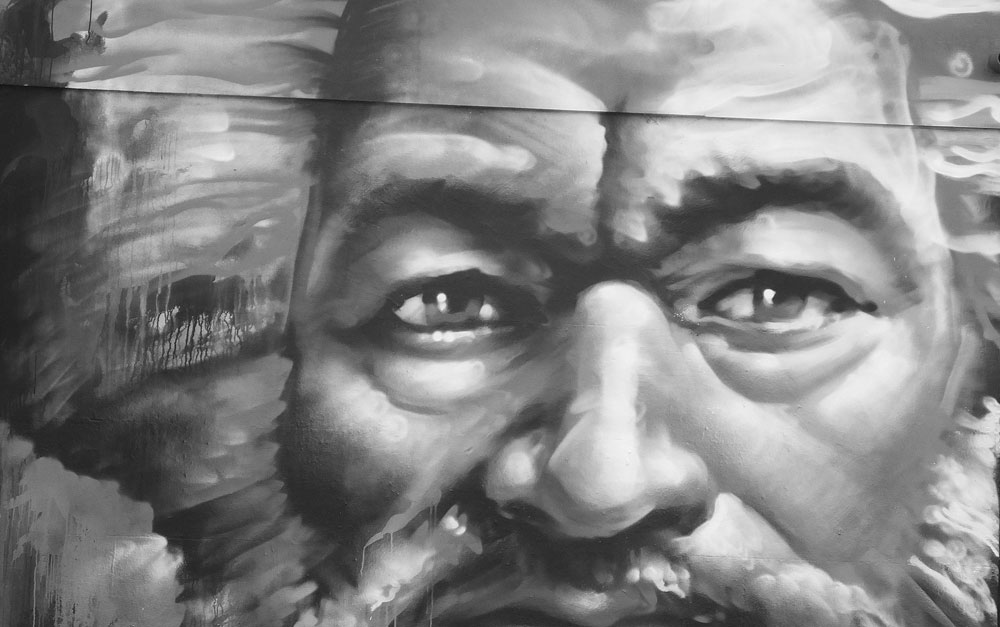
Last summer, NPQ examined the movement to retool school curricula to more fully address the nation’s history of slavery and white supremacy. Students, as NPQ has noted, are often at the forefront among those demanding anti-racist curricula be adopted, sparking many teachers to reshape lesson plans. One group that has assisted with student organizing efforts in this area is Diversify Our Narrative, a nonprofit that has developed chapters across the US, with over 1,700 students in more than 200 school districts becoming community organizers advocating for education that does not shy away from teaching about race, racism, and anti-racism.
One option educators have turned to in response to this call for change are the curriculum and lesson plans developed from the New York Times’ series The 1619 Project, which focuses on US history starting from the first landing of a ship carrying enslaved Africans at the British colony in what is now Virginia. Since 1619 marks the year of that landing, The 1619 Project explores the history of slavery in this country and how it has touched almost every aspect of modern life in the United States.
Times writer Nikole Hannah-Jones, who led the work and won a Pulitzer Prize for her opening essay, says building a student curriculum and lesson plans based on the project was a part of the plan from the very beginning. “As much as I hope white readers will read it and have their minds blown, I hope that Black people will read it, and feel a sense of ownership over this country and a sense of pride in our resilience. I hope to reframe the way we see ourselves in America.”
According to the Associated Press, nearly 5,000 K–12 and college educators have expressed interest in the curriculum. Perhaps because of that interest, it has also sparked the ire of a number of Republican politicians. Last summer, Senator Tom Cotton (R-AR) authored the Saving American History Act of 2020 in an effort to ban the use of federal tax dollars for staff development in school districts that use or adopt parts of the 1619 Project curriculum. Cotton’s federal bill went nowhere, but Republican lawmakers in five states where their party holds legislative majorities—Arkansas, Iowa, Mississippi, Missouri, and South Dakota—have introduced bills in the last month that would cut funding to K–12 schools and colleges that provide lessons from the 1619 Project.
Many historians are outraged. As T. Jameson Brewer of the University of North Georgia puts it to Barbara Rodriguez of The 19th*, “Do we want historical facts and details that are researched and published by experts taught? Or do we want nationalism taught? That’s a very scary sort of suggestion, that schools would engage in ideological nationalism for political needs.”
Sign up for our free newsletters
Subscribe to NPQ's newsletters to have our top stories delivered directly to your inbox.
By signing up, you agree to our privacy policy and terms of use, and to receive messages from NPQ and our partners.
Will any of these bills succeed? Not likely. The Arkansas bill has already failed to make it out of the House Education Committee; in South Dakota, Phil Jensen, the Republican representative who introduced the bill, has withdrawn it. One bill in Iowa has made it as far as getting out of subcommittee. There, in Hannah-Jones’s home state, Skyler Wheeler, the Republican representative who introduced the legislation, calls the award-winning 1619 Project “politically driven propaganda masquerading as [a] history curriculum.”
For her part, Hannah-Jones believes many of these legislators, like Wheeler, have not read the curriculum. She encourages them to do so before they criticize it.
James Grossman, executive director of the American Historical Association, has denounced efforts to ban the curriculum from schools. “You cannot heal divisions by pretending they don’t exist,” he tells Rodriguez. “The way to address divisions is to understand the history of those divisions.”
Typically, US schools have failed to do what Grossman recommends, with tragic results. As Ohio State historian Hasan Kwame Jeffries reminds us in Teaching Hard History, published by the Southern Poverty Law Center in 2018, “Understanding American slavery is vital to understanding racial inequality today. The formal and informal barriers to equal rights erected after emancipation, which defined the parameters of the color line for more than a century, were built on a foundation constructed during slavery. Our narrow understanding of the institution, however, prevents us from seeing this long legacy and leads policymakers to try to fix people instead of addressing the historically rooted causes of their problems.”—Carole Levine













